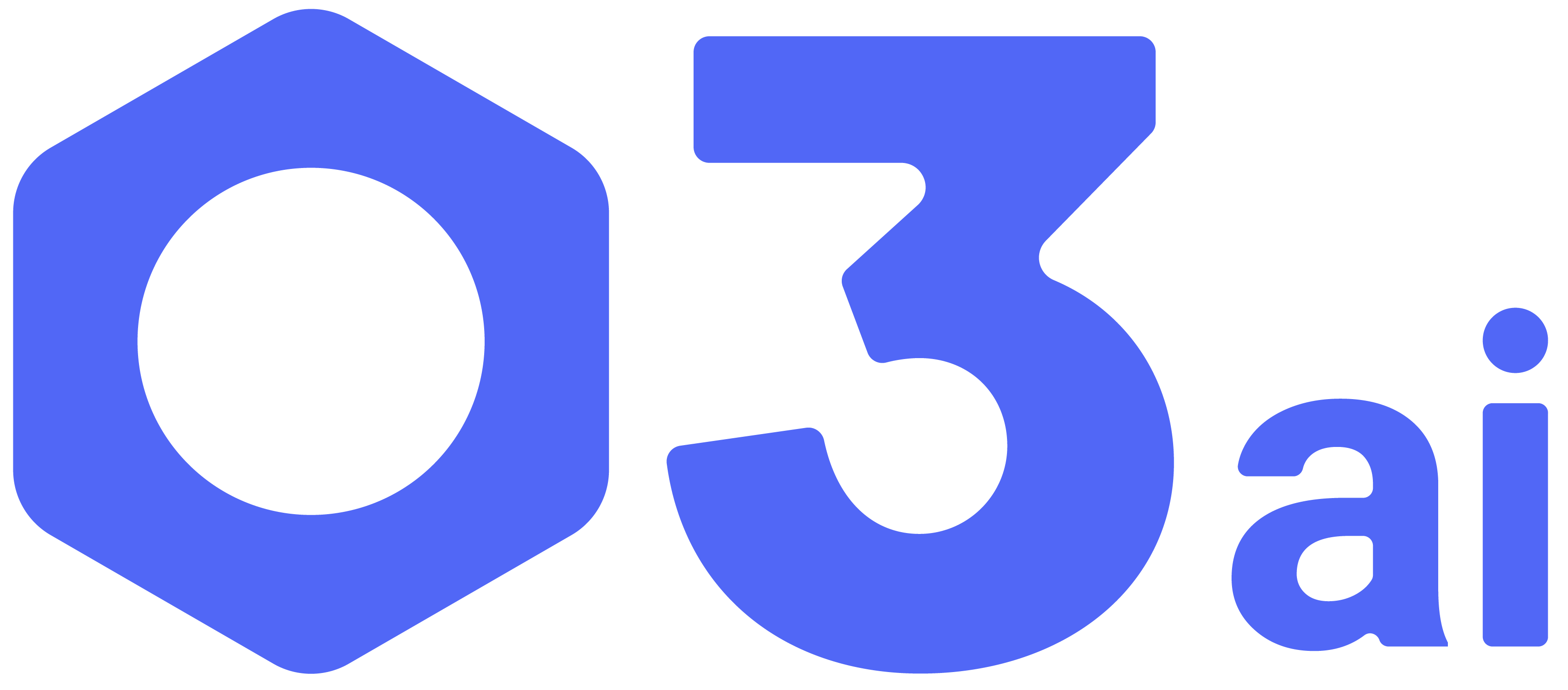Machine learning is revolutionizing quality control, enabling manufacturers to predict defects before they occur. O3ai’s AI-driven solutions enhance accuracy, reduce waste, and optimize production efficiency.
Introduction: The Shift from Reactive to Predictive Quality Control
In manufacturing, quality control has traditionally been a reactive process, identifying defects after they occur. While conventional methods like manual inspections and statistical sampling have been effective, they often fall short in preventing defects before they impact production.
Machine learning is transforming this landscape by enabling predictive quality control, a proactive approach where AI algorithms analyze real-time data to detect patterns, forecast potential defects, and recommend corrective actions. By leveraging machine learning-driven insights, manufacturers can significantly reduce scrap rates, enhance product consistency, and optimize their quality assurance strategies.
What is Machine Learning in Quality Control?
Machine learning in quality control refers to the use of AI-driven models that continuously learn from data, identify trends, and make predictions. Unlike traditional rule-based systems, machine learning adapts to changing conditions, making it a powerful tool for ensuring consistent product quality.
How It Works
- Data Collection: Sensors, IoT devices, and vision systems gather real-time data from production lines, including temperature, pressure, vibration, and visual defects.
- Pattern Recognition: Machine learning algorithms analyze historical and live data to detect deviations from optimal manufacturing conditions.
- Predictive Insights: The system forecasts potential defects before they happen, allowing manufacturers to take preventive actions.
- Automated Alerts: AI-driven quality control systems trigger real-time notifications when anomalies are detected, enabling quick corrective measures.
- Continuous Learning: Machine learning models improve over time, refining their accuracy based on new data inputs.
Key Applications of Machine Learning in Predictive Quality Control
- Defect Detection Using Computer Vision
Machine learning-powered computer vision systems analyze images and video feeds to identify surface defects, inconsistencies, or misalignments. These systems operate with high accuracy and detect minute flaws that may be invisible to the human eye. - Predictive Maintenance for Quality Assurance
Equipment malfunctions often lead to defective products. Machine learning-based predictive maintenance monitors machinery performance and anticipates failures before they affect quality. - Real-Time Process Optimization
By continuously analyzing sensor data, machine learning helps adjust manufacturing parameters such as temperature, speed, and pressure in real time to maintain quality standards. - Automated Root Cause Analysis
When defects occur, machine learning algorithms quickly identify root causes by analyzing production data. This minimizes downtime and prevents recurring issues.
Benefits of Machine Learning in Predictive Quality Control
- Lower defect rates by reducing rework and scrap
- Increased efficiency through automated inspections
- Cost savings by preventing defects early in the process
- Data-driven decision-making with real-time insights
- Scalability across multiple production lines and facilities
Challenges and Considerations
While machine learning offers significant advantages, manufacturers must address a few challenges:
- Data Quality: Machine learning models require high-quality, structured data for accurate predictions.
- Integration with Legacy Systems: Many factories rely on older equipment that may need upgrades for AI compatibility.
- Employee Training: Teams must be equipped with the right skills to interpret and act on AI-driven insights.
Best Practices for Implementing Machine Learning in Quality Control
- Start with pilot projects to test AI-driven quality control on a small scale before full deployment.
- Ensure robust data collection by investing in IoT sensors and data management systems.
- Collaborate across teams, including quality control, production, and IT, for seamless implementation.
- Continuously monitor performance and refine machine learning models over time.
How O3ai Powers AI-Driven Predictive Quality Control
O3ai’s machine learning solutions empower manufacturers with real-time defect detection, predictive maintenance, and intelligent quality monitoring. By integrating AI-powered insights with existing manufacturing processes, O3ai enables:
- Real-time anomaly detection by continuously scanning production data to identify deviations from quality standards.
- Automated quality audits that streamline compliance checks and reduce manual effort.
- Customizable AI models that adapt to specific manufacturing environments, ensuring precision and efficiency.
Conclusion: The Future of Quality Control is Predictive
Machine learning is redefining quality control, shifting from reactive defect detection to predictive quality assurance. By harnessing AI-driven insights, manufacturers can improve product consistency, minimize waste, and enhance operational efficiency.
As industries continue to embrace digital transformation, integrating machine learning-powered quality control will be essential for staying competitive. O3ai is at the forefront of this shift, providing smart AI solutions that ensure manufacturing excellence.
Discover how O3ai’s predictive quality control solutions can revolutionize your operations. Contact us today for a demo!




